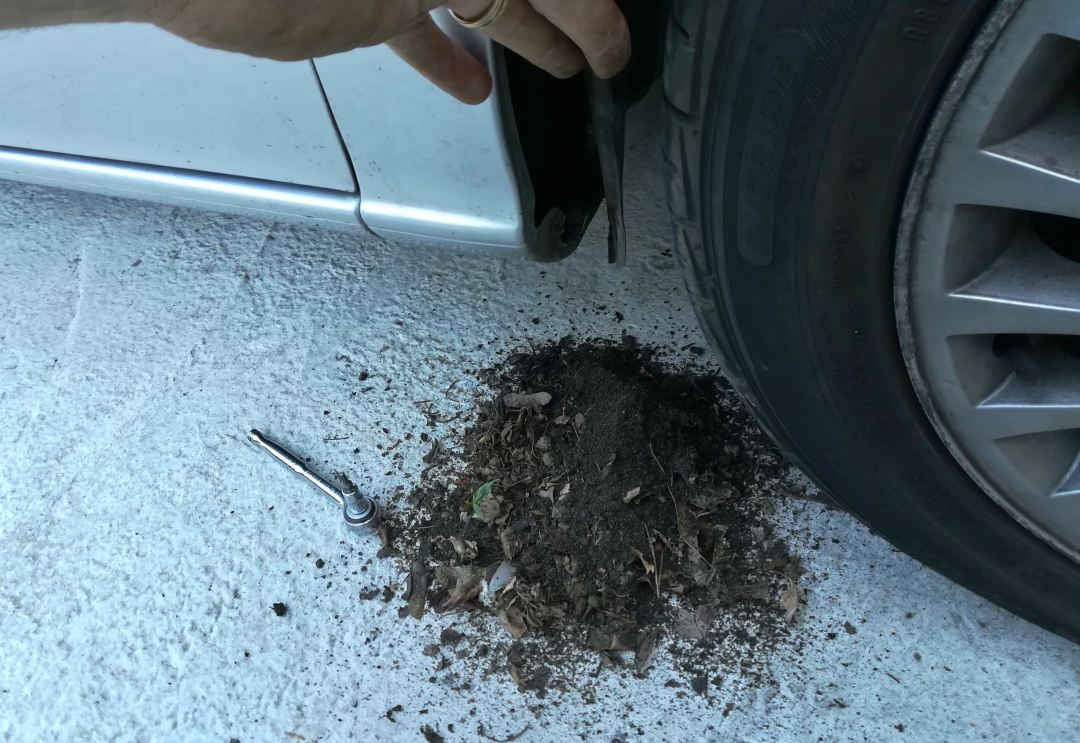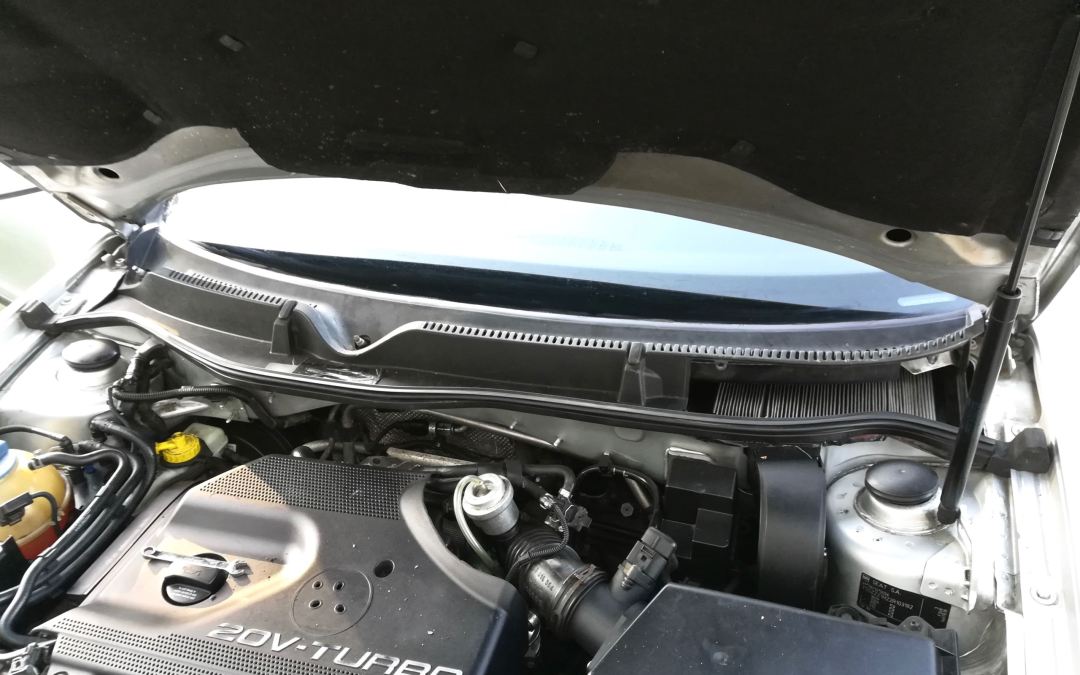If you’ve followed either this blog or my Twitter account for any length of time, you will know that I have been dealing with ongoing water ingress issues with my SEAT Leon for almost as long as I’ve owned the car. This is a common problem on most, if not all, early Volkswagen PQ34 platform cars; the material they used to seal the places where water can get in was of a poor quality, and breaks down over time.
The first winter I had the car revealed the extent of the problem. All the door seals had broken down earlier in its life, and been repaired incorrectly by one of the previous owners. After several weeks of wet weather, I discovered literal puddles in the car, mostly in the passenger footwells. It took forever to get the interior dried out, and involved some tedious work to repair the door seals. The pollen filter housing seal had also perished, though that was a simple task to replace.
Following another very wet winter and spring this year, the interior of the car absorbed a bunch of moisture again. This time, however, it was not a result of the door seals or pollen filter housing, but clearly something on the driver’s side. Thankfully, with unusually warm and dry weather carrying on through most of the summer months, all I had to do to dry the car out was leave the doors open throughout the day for about a week. With no rain falling, I kept pushing the remaining seal to be repaired farther down my to-do list, especially as the odd day of light rain didn’t seem to be causing any further problems.
Big mistake. Especially after Storm Ali blew through with its torrential rains. Mercifully, the car didn’t get anywhere near as wet as it has in the past, but it did need a few days with the doors open again to dry it out.
On Friday, I finally got round to tracking down the last remaining old seal, located underneath the ECU housing, buried beneath the wiper arms. It is not an easy one to get to – it involves removing the wipers, the whole scuttle panel, and disconnecting the wiper arms so as to lift them out of the way. This is before you even try to get a hold of the fasteners securing the housing, which requires some dexterity. Once you have it loose, it is easy enough to place a healthy new layer of butyl seal around the housing, and re-secure it.
While I had the scuttle panel out, I also decided to re-do the pollen filter housing, just for extra security. I also made sure the whole area was clean of dirt and debris, including the water channels. The inner fender of the driver’s side was pretty clogged at the bottom, as you can see below.

Resealing the scuttle panel takes some time and care, however, as you want it to seat properly. I put a good layer of sealant along the bottom edge of the windscreen, ensured the panel was fully seated, and then slowly and carefully removed the excess sealant.

No more rain has fallen since I finished the job on Saturday morning, so I can’t yet evaluate how well it worked. Should I discover any more water inside the car at this point, however, I’m fairly certain I’ll just drive it into the sea.







2 thoughts on “Leaky Leon, episode 307”